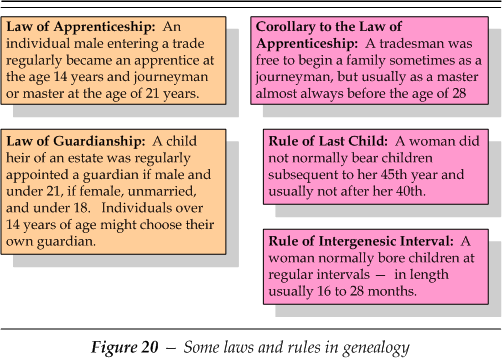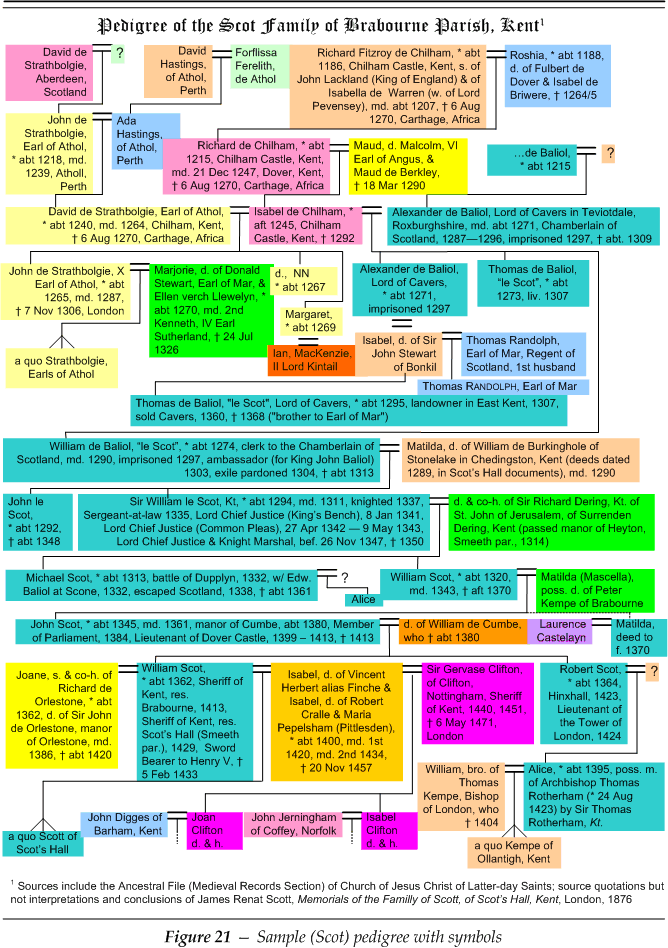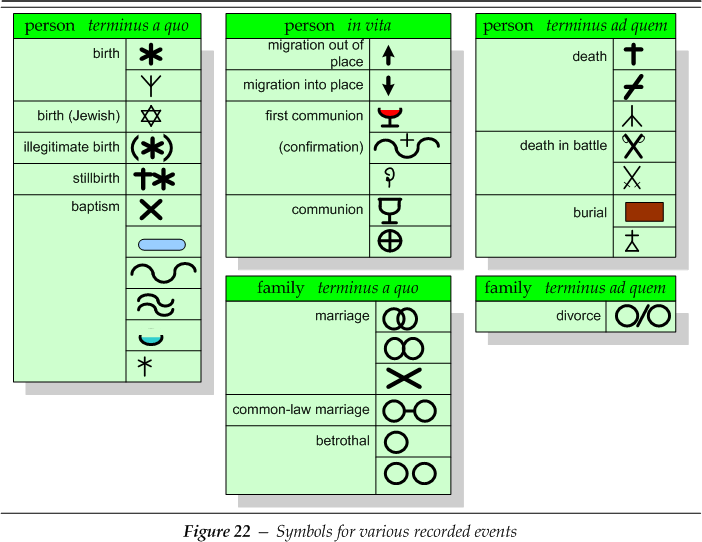
| Various investigators may find that the results of their experiments conform to expectations. In the process they are confirming the hypothesis and promoting it to the status of empirical law. Even though the principle upon which they based their experiments was hypothetical and in the course of time they might have revised it many times, continued experiments tend to increase its stability as a law and make it resistant to further change. |

Symbolization.A law which scientists establish empirically is in some sense a generalization. They express their law as a symbolization or schematization of certain relationships which obtain between the various attributes of the object of their study — attributes which they first had to observe and categorize. Some of their symbols may have become conventional, that is to say, the interpretations of the symbols had become established and are still appropriate in their new context. Typically, however, analogy has been at work and there are symbols that have to have new or somehow altered interpretations. In addition there may be observations of new relationships so that the scientist is using symbols in new ways. To William of Ockham “Doctor Invincibilis” (c.1285-?1349) is attributed the principle of Occam’s razor, which asserts that the scientist should not multiply concepts needlessly. Ideally the desire for simplicity will lead to a concise expression of the empirical law. Finally, it is in this stage where the terminology that grew during the stage of hypothesis becomes clothed with the meanings of actual practice. |

| The conventions surrounding the models (constituency, classification, etc.) presented in previous paragraphs are all examples of symbolization. Symbolization is not very developed in genealogy except surrounding the compilation. This is partly because the concepts have not been very well developed. Consider the symbols on the pedigree chart reproduced in figure 21. The lines connecting the names of the individuals represent the parent-child relationship in a family. Families are symbolized with an equal mark (=) placed between the husband and wife with a line descending from it to the children. Geneticists have adapted these conventions to their own use, eliminating names and using a square for males and a circle for females. |

| Figure 22 lists some symbols that have been used by European genealogists in the rather restricted context of compilation. There are a few other commonly used devices that border on symbolization, such as abbreviations, especially for Latin terms, e.gg., NN = non nomine no name, s.p. = sine prole without issue. Another is the convention of recording dates in the particular format of “day-of-month number + month-of-year name (abbreviated) + year number” of the European Gregorian calendar system. Rather remote from symbolization is the related convention of recording the place of an event using the name of the contemporary jurisdictional heirarchy, each one ordered from smallest to largest and separated by a comma. |
Dialects of mathematics.Normally the scientist expresses empirical laws in one of the many dialects of the language of mathematics. I use the term “dialect” here because the situation is so similar to the dialects of a natural language. Models in one branch of study and the various means of expressing their concepts give rise to strongly analogous mathematical forms and schema which the investigator can use to express similar or in some sense equivalent concepts in other branches of study. We must also be careful, however, not to confuse the empirical laws that form a scientific theory with the mathematical theories that we use to model the empirical laws. |